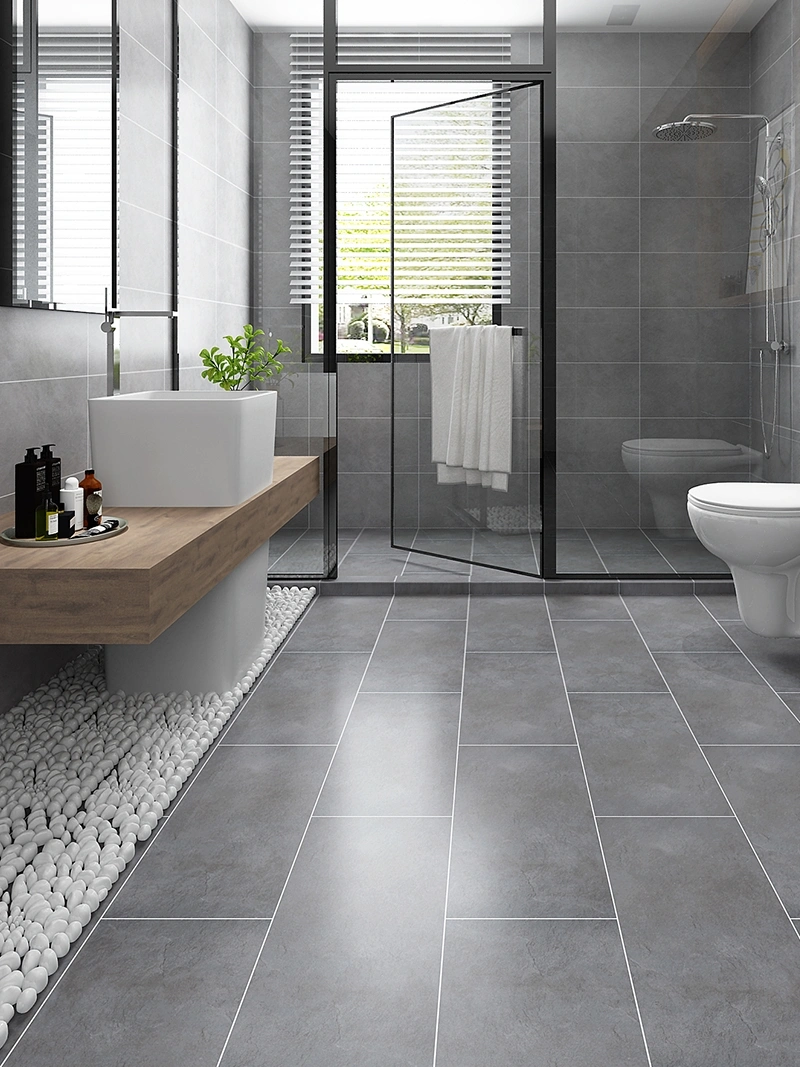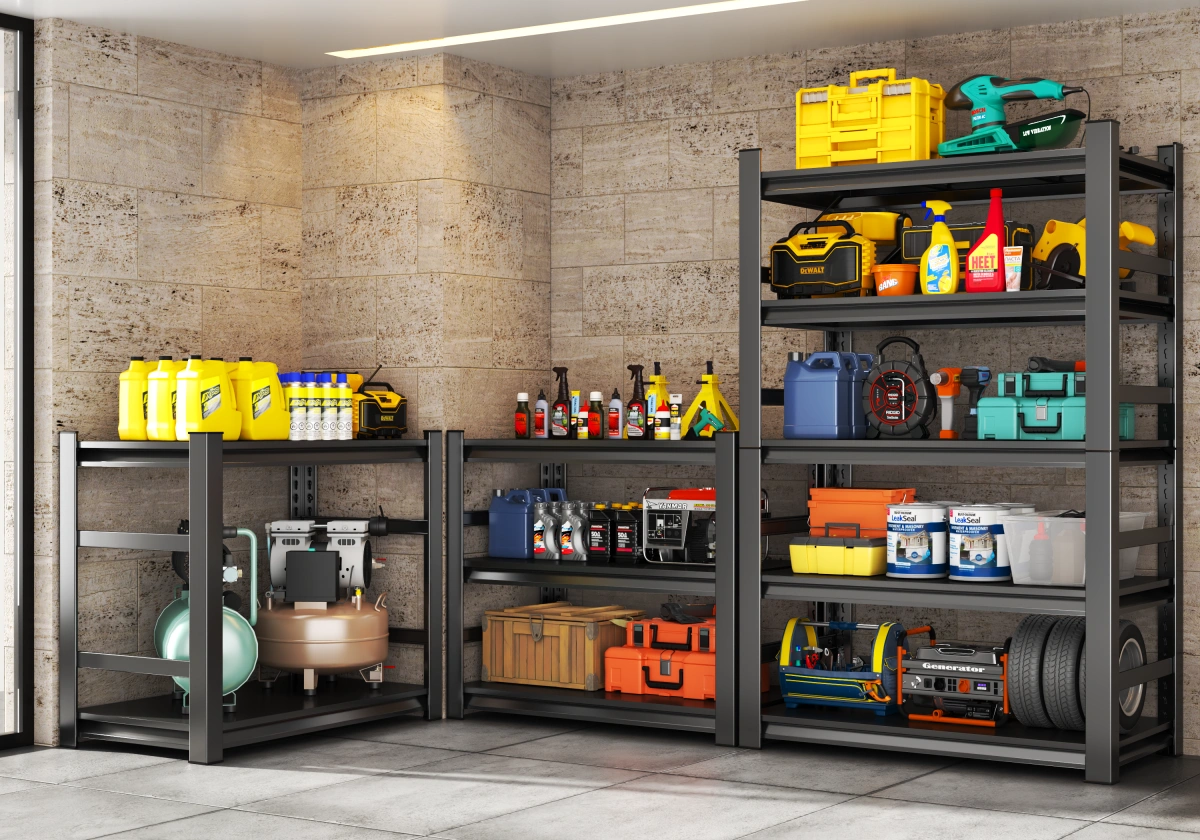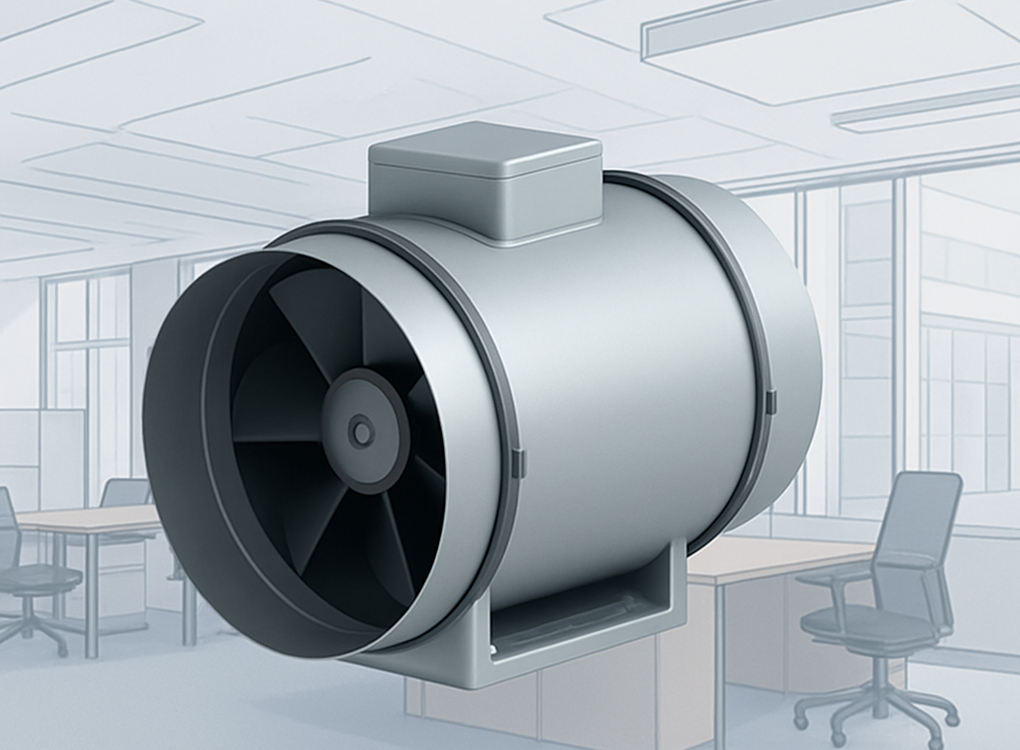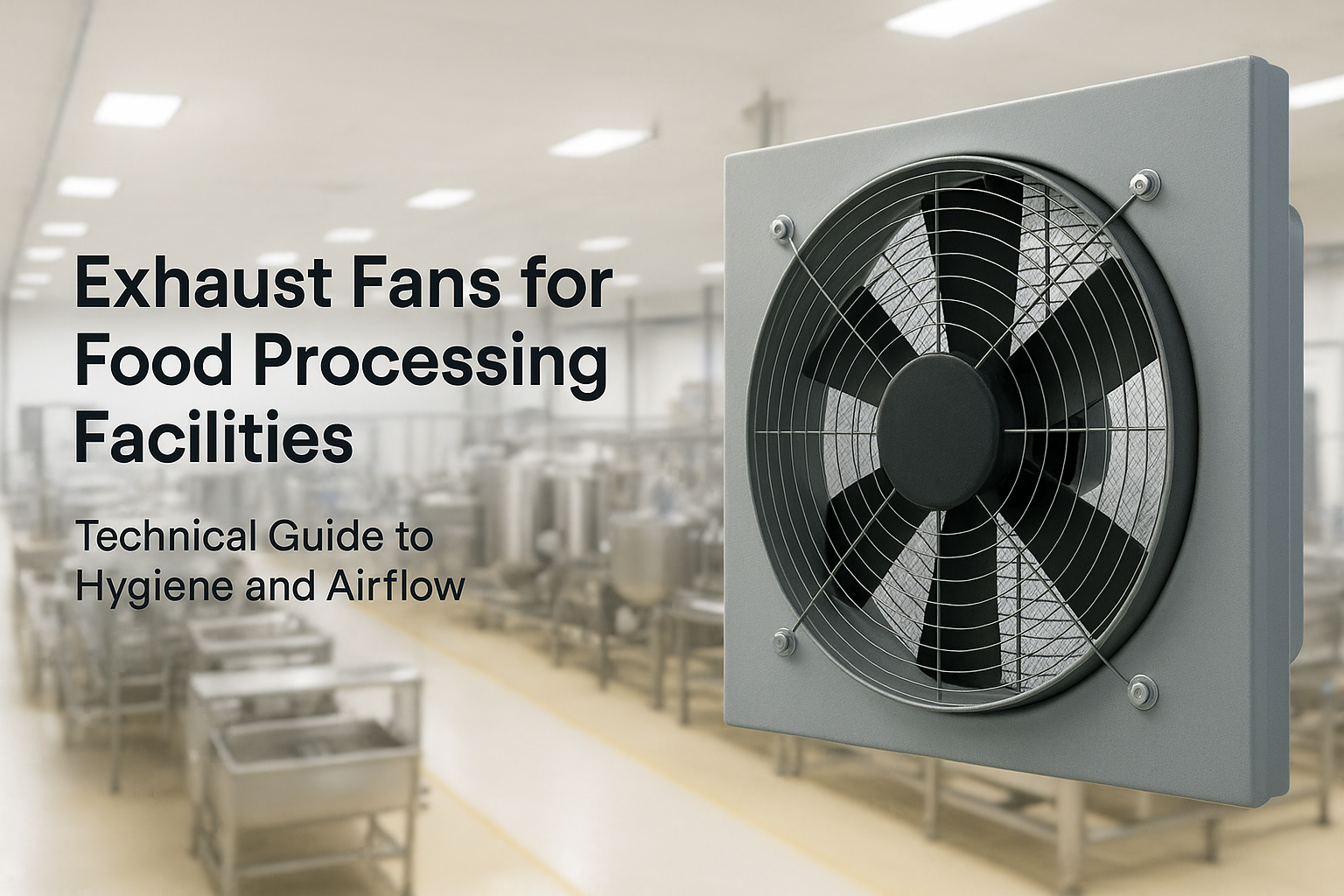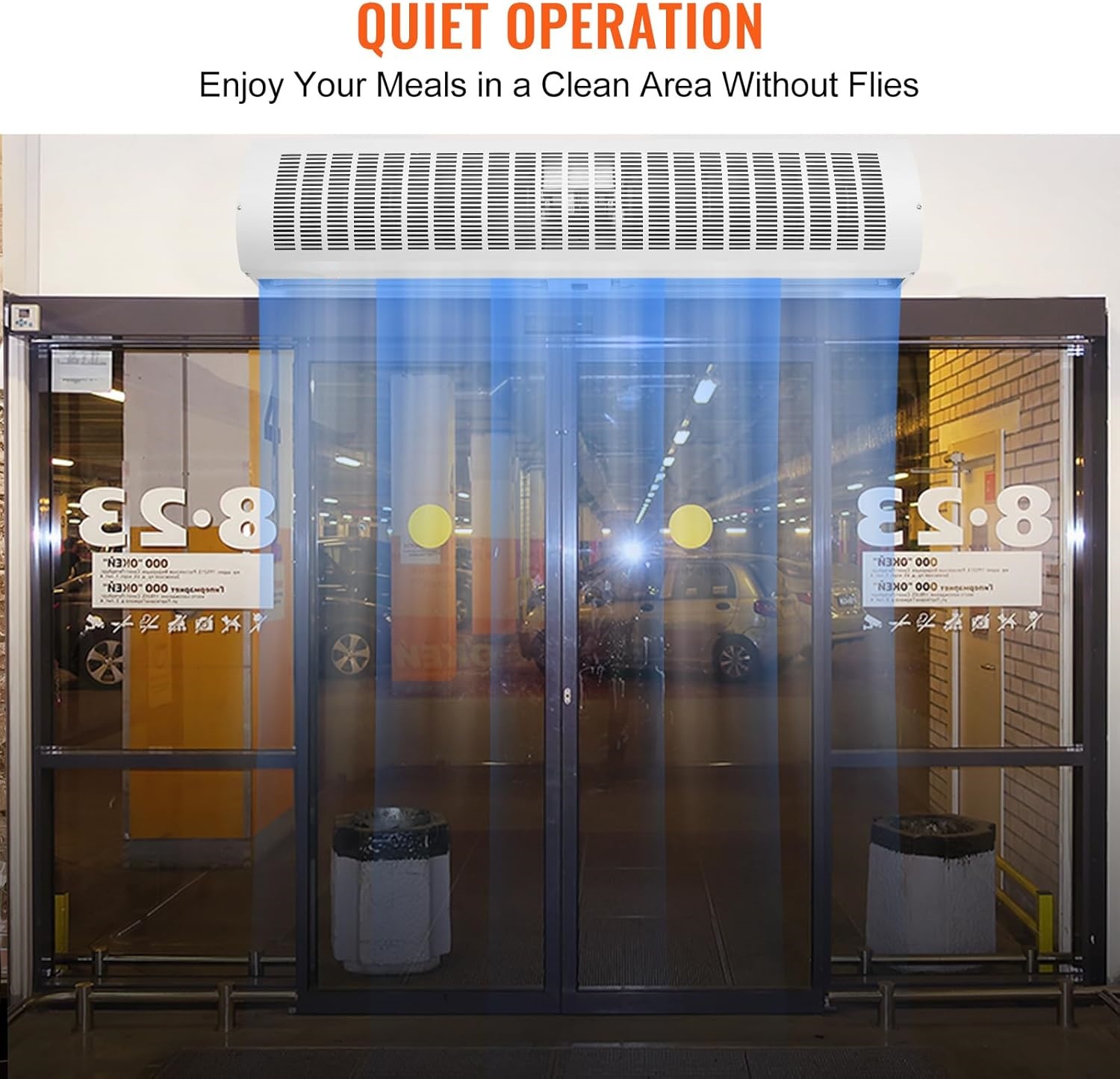
Attic Exhaust Fans: Technical Guide to Solving Heat, Moisture, and Efficiency Issues
An attic may appear to be just unused space above the ceiling, but thermodynamically it is one of the most active zones in a building. Without proper ventilation, heat and moisture can accumulate to levels that cause structural damage, energy inefficiency, and poor indoor comfort.
An attic exhaust fan, when engineered and sized correctly, acts as an active ventilation system—removing unwanted heat and humidity while protecting insulation and roofing materials. The key is to match the fan’s performance to the specific problem profile of the attic.
Common Problem Types in Attic Environments
1. Excessive Heat Buildup
-
Technical challenge: In summer, roof surfaces absorb solar radiation, raising attic temperatures up to 60–70°C (140–160°F). This heat radiates into living spaces and increases the load on air conditioning.
-
Performance solution: A fan with high airflow capacity (measured in CFM) sized to the attic’s volume can reduce peak temperatures by 20–30°F. The addition of a thermostatic controller ensures the fan runs only when needed.
2. Humidity and Condensation
-
Technical challenge: Moist air from bathrooms and kitchens can migrate into the attic, condensing on cold surfaces in winter or during temperature swings. Over time, this promotes mold growth and degrades insulation.
-
Performance solution: Models with a humidistat automatically activate when moisture exceeds a set threshold (e.g., 60% RH), venting damp air before condensation forms.
3. Noise Management
-
Technical challenge: Poorly designed fans produce high noise levels, often exceeding 7–8 sones, which can be intrusive in living areas.
-
Performance solution: Look for fans engineered for low-sone operation (ideally under 5 sones) with aerodynamic blade profiles and vibration-isolated housings.
4. Energy Efficiency
-
Technical challenge: Continuous or oversized fans can waste electricity and pull conditioned air from the home if not balanced with intake ventilation.
-
Performance solution: Energy Star® certified units with ECM (Electronically Commutated Motor) technology offer variable speed control, reducing power draw during low-demand periods.
5. Durability in Harsh Conditions
-
Technical challenge: Attic environments are hot in summer, cold in winter, and can be humid year-round—conditions that accelerate wear on electrical components.
-
Performance solution: Fans constructed with powder-coated steel or UV-stabilized plastics, sealed motor housings, and corrosion-resistant bearings ensure reliable operation.
Performance Factors to Evaluate
-
Airflow Capacity (CFM) – Match to attic volume and venting configuration for optimal turnover.
-
Motor Type – PSC motors are robust; ECM motors offer higher efficiency and quieter operation.
-
Control Options – Thermostats, humidistats, and combined controllers improve automation.
-
Noise Level – Sone rating directly affects installation suitability near living spaces.
-
Build Quality – Housing materials, blade design, and weatherproofing determine longevity.
Practical Integration Tips
-
Ensure balanced intake ventilation (soffit or gable vents) to prevent negative pressure.
-
Install fans at the highest point in the roof for maximum heat removal.
-
Seal air leaks between living spaces and attic to maintain HVAC efficiency.
-
Schedule periodic cleaning and inspection to maintain performance.
Why Performance Matters in Attic Ventilation
An attic exhaust fan is more than just an accessory—it’s a preventive measure against heat damage, moisture-related decay, and unnecessary energy waste. By addressing common attic issues such as heat buildup, condensation, and poor airflow with a fan that matches your space’s performance needs, you ensure the long-term stability and comfort of the entire building.
Aosair designs and manufactures high-performance attic exhaust fans that integrate airflow engineering, low-noise operation, and smart climate controls to deliver consistent results year-round. Whether you’re optimizing a new attic or upgrading an existing ventilation system, choosing the right fan is a decision that will impact your comfort, energy bills, and property health for years to come.
To explore our full range of solutions, visit our homepage or reach out through our contact page for tailored technical recommendations.


